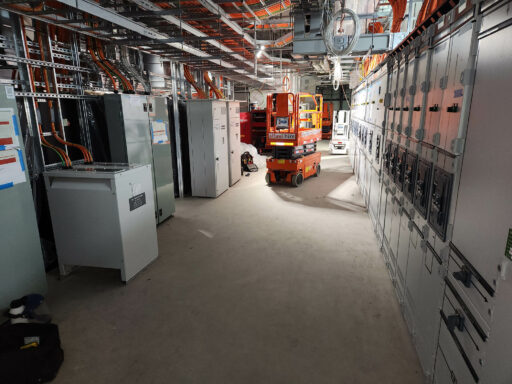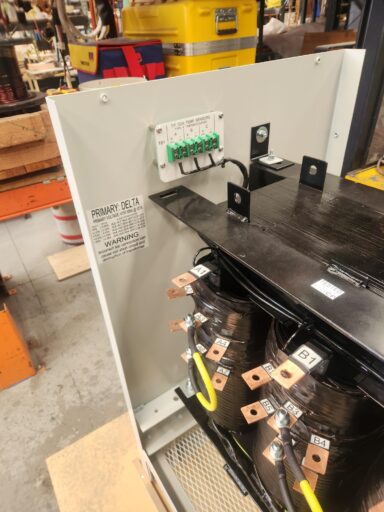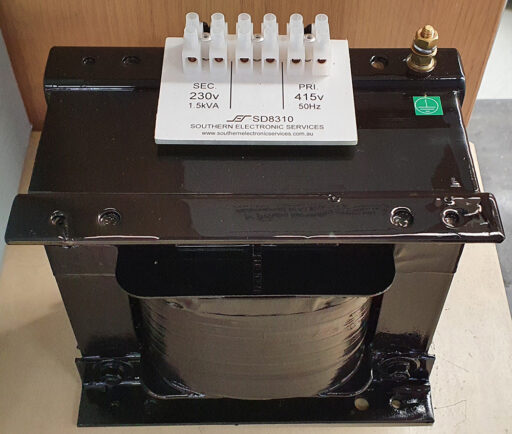Transformers in Data Centres: Powering Reliable Operations
Data centre transformers play a vital role in modern data centres because they regulate and stabilise the electrical power that runs servers, networking devices, cooling systems, and other critical infrastructure. Without the right data centre transformers, facilities are at risk of power disruptions, equipment failure, and increased operational costs. Let’s explore key transformer types, how they are used, and how they can help ensure smooth, uninterrupted operations.
Why Transformers Matter in Data Centres
Data centres rely on clean, stable electricity to keep servers and IT equipment running 24/7. Transformers ensure that power from the utility grid is converted into a voltage level suitable for different data centre loads.
Additionally, they protect sensitive systems from electrical noise, voltage fluctuations, and surges.
Selecting the correct transformer can improve energy efficiency, reduce the risk of downtime, and optimise overall performance.
Types of Transformers Used in Data Centres
Optimize your data centre’s power infrastructure with the right transformer type. The key options are:
1. Isolation Transformers
Isolation transformers are designed to separate the primary and secondary windings, preventing electrical noise, surges, and disturbances from affecting IT equipment.
How they help:
- Protect servers and network infrastructure from power disturbances.
- Minimise electromagnetic interference (EMI) and ground loops.
- Improve power quality for critical systems.
- Isolation transformers are particularly valuable in environments where consistent power delivery is vital for preventing downtime.
2. Step-Down Transformers
Utility grids typically supply high-voltage power that must be reduced to safe levels before it reaches data centre equipment. Step-down transformers lower the incoming voltage to levels required by servers, UPS (Uninterruptible Power Supplies), and cooling systems.
How they help:
- Convert high-voltage electricity (e.g., 11kV) to usable levels (e.g., 415V).
- Prevent equipment damage by delivering the appropriate voltage.
- Reduce energy losses through efficient power conversion.
- Step-down transformers are essential components for ensuring that incoming utility power is compatible with the data centre’s operational needs.
3. Three-Phase Transformers
Large-scale data centres with high power demands benefit from the balanced energy distribution provided by three-phase transformers. These transformers deliver power in three alternating phases, ensuring smoother, more efficient electricity delivery.
How they help:
- Provide stable power to high-density server racks.
- Improve energy efficiency and reduce harmonic distortion.
- Handle large loads, making them suitable for high-performance data centres.
- Three-phase transformers are the backbone of many industrial and commercial power systems, including data centres, ensuring continuous, uninterrupted power flow.
4. Single-Phase Transformers
Single-phase transformers are simpler than three-phase models and are typically used for smaller loads or specific applications. In data centres, these transformers may serve auxiliary systems, such as lighting or backup power equipment.
How they help:
- Provide power for small, independent systems.
- Easy to install and maintain.
- Useful for distributed power needs within a larger data centre.
- While not typically used for primary power delivery, single-phase transformers can complement larger systems by powering specific components or emergency equipment.
What to Look For in a Data Centre Transformer
When selecting transformers for a data centre, consider these key points:
- Load Requirements: Determine the current and future power demands of the data centre to select appropriately sized transformers.
- Energy Efficiency: Look for transformers with low energy losses to reduce operational costs over time.
- Reliability: Downtime can be costly. Choose transformers known for their reliability and minimal maintenance requirements.
- Cooling and Fire Safety: Some transformers (like dry-type models) are better suited for indoor use due to improved fire resistance, while liquid-filled transformers offer superior cooling for high-density applications.
Conclusion
Transformers are essential components of data centres; they help to convert, stabilise, and deliver the right voltage to critical equipment. Whether it’s an isolation transformer for protecting against power surges, a step-down transformer for adjusting voltage, or three-phase and single-phase transformers for efficient power distribution, each type plays a specific role in maintaining reliable operations.
Selecting the right transformers ensures that your data centre remains energy-efficient, stable, and protected from electrical disruptions.
To find the right transformer for your needs, visit Southern Electronic Services store or contact us to learn more about our products.
Next Post
A New Era of Growth for SES
October 15, 2024Other News
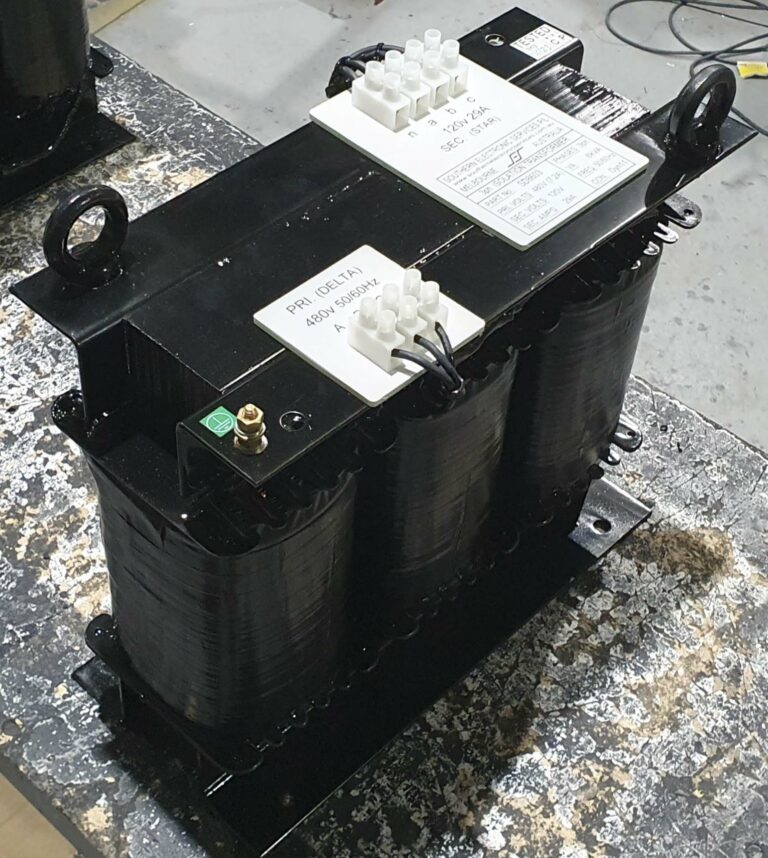
Types of Transformers for Data Centres
SES Isolation Transformers: Reliable Power Solutions If you need stable, clean power to protect sensitive equipment from electrical noise, surges, and interference, isolation transformers are your best choice. At Southern Electronic Services (SES), we specialise in high-quality isolation transformers that deliver exceptional performance and reliability across a wide range of industries, from industrial operations to…
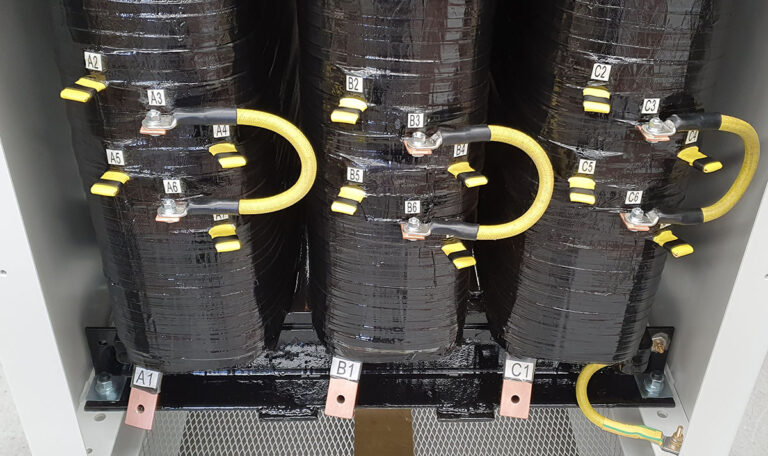
Function of Transformers in Data centers
The Growing Demand for Data Centers in a Cloud-Based, AI-Driven World The digital age has witnessed explosive growth in data generation, storage, and processing, leading to a sharp rise in the construction of data centers globally. With the increasing adoption of cloud-based storage and the rapid expansion of artificial intelligence (AI) technologies, the world’s computing…
